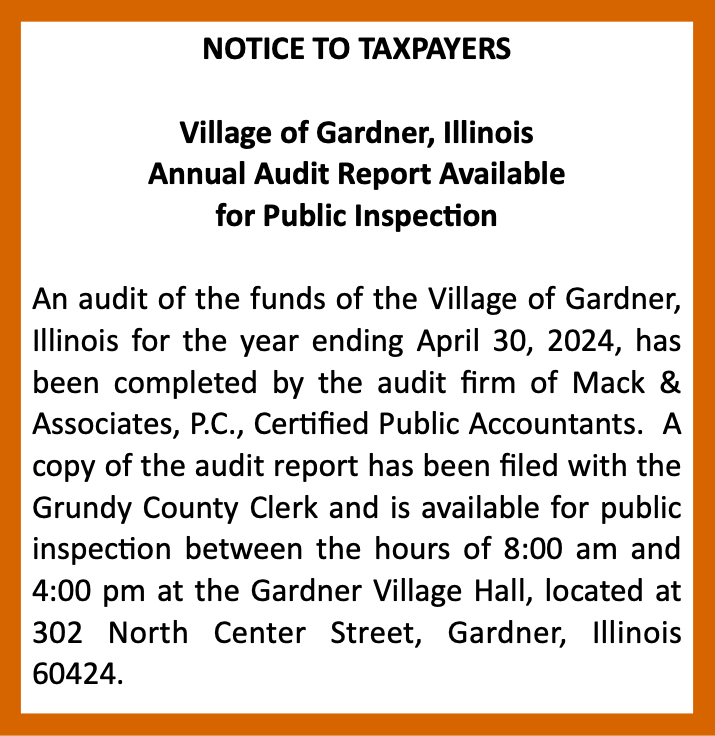Agriculture needs a stable workforce in 2024
By BRIAN DUNCAN
Illinois Farm Bureau President

Finding and affording labor are among the top challenges Illinois farmers, suppliers and processors tell me they face in 2024.
From locating qualified truck drivers to haul grain, to sourcing enough hands to pick vegetables or manage livestock, the shortage of links in the transportation and agricultural supply chains continues to undermine food access and threaten the financial health of farms in Illinois and nationwide.
I spotlighted last spring in a FarmWeek column the shortage of available local labor to fill valuable agricultural jobs. This shortfall has existed in rural communities for years, was amplified during the COVID pandemic and continues to grow.
**Editor’s Note: If you find the story here of value, consider clicking one of the Google ads embedded in the story. It costs you nothing but Google will give the website owner a few cents. This is a way to help support local news at no cost to the reader.
This reality has ultimately led more farmers to depend on immigrant workers, with producers turning to options like the H-2A temporary agricultural program, the H-2B temporary non-agricultural worker program or the trade national visa program for skilled workers classified as nonimmigrants.
Those who have navigated the H-2A program know just how cumbersome and expensive the program has become, chiefly due to its unsustainable and unpredictable wage increases and misguided rulemaking.
Illinois farmers can expect more of the same this upcoming growing season, as the state’s Adverse Effect Wage Rate (AEWR) is set to increase 6% from 2023. Nationwide, farmers planning to use H-2A workers in 2024 will have to raise wages in some states up to 15%, according to calculations by American Farm Bureau Federation (AFBF).
Contributing to this increase are eight new rules advanced by the U.S. Department of Labor in 2023. One rule, finalized in March, impacts how a state’s AEWR is calculated.
**Editor’s Note: If you find the story here of value, consider clicking one of the Google ads embedded in the story. It costs you nothing but Google will give the website owner a few cents. This is a way to help support local news at no cost to the reader.
Specifically, the rule disaggregates wage rates by job function and derives the new rates from non-farm data, which does not reflect market wages for ag employees. Ag employers will be required to pay the rates, regardless of their inaccuracies or what percentage of an employee’s contract they devote to certain tasks.
This new rulemaking alone is estimated to add double-digit increases in labor costs, according to AFBF.
In fact, this is the sixth straight year of elevated wage growth for H-2A workers, with the rate of hourly wage growth outpacing all other private employees. H-2A employers will also face additional program costs stemming from required housing and transportation for workers.
For smaller farming operations, many of which are interested in hiring just one or two temporary workers, the complexity of the process and the cost of complying with new requirements will be especially detrimental.
I have met with Midwest state Farm Bureau presidents and the AFBF Board of Directors to discuss all the difficulties farmers are facing with labor and with the H-2A program, specifically.
One of the biggest challenges in trying to find solutions in this space is that legislative and regulatory remedies soon become entangled in the broader discussion of immigration reform. Congress in past years has tried and failed to advance many pieces of legislation around immigration. The Dignity Act of 2023 was the latest attempt.
This type of broad legislation eventually becomes the home for divisive political issues like employer liability protection and private right of action, the annual number of visas allowed, visa holder touchback requirements and expedited immigration processes. These kinds of polarizing issues make passage of any legislation difficult.
**Editor’s Note: If you find the story here of value, consider clicking one of the Google ads embedded in the story. It costs you nothing but Google will give the website owner a few cents. This is a way to help support local news at no cost to the reader.
In light of this, AFBF board members decided farm needs were urgent enough to prioritize two immediate legislative solutions: a freeze of wages at 2023 levels for three years and a rollback of the DOL’s AEWR methodology that was enacted in March.
AFBF President Zippy Duvall sent a letter in December, calling on congressional leaders to look for any opportunity to enact these legislative priorities. Illinois Farm Bureau (IFB) has followed up with our congressional delegation expressing both the urgency of the problem and the critical need for solutions.
Illinois farmers are committed to paying a fair wage, but they cannot pay well beyond the means of their farm incomes, which are forecast to fall this year.
Along with completing the vital work of the 2023 farm bill, IFB is also committed to working with elected officials from both parties in 2024 to find meaningful ways to modernize guestworker programs and stabilize our workforce.
Solutions to worker shortages in the U.S. agricultural supply chain are needed to not only ensure farms remain economically sustainable, but more importantly maintain food security, and, ultimately, our national security.
This story was distributed through a cooperative project between Illinois Farm Bureau and the Illinois Press Association. For more food and farming news, visit FarmWeekNow.com.
**Editor’s Note: If you find the story here of value, consider clicking one of the Google ads embedded in the story. It costs you nothing but Google will give the website owner a few cents. This is a way to help support local news at no cost to the reader.











































